What technologies can you use to train your employees more effectively? This is especially important if you work in a field that involves working in difficult or technologically complex environments, or where there are certain safety risks that depend on professionalism and accuracy. This is why Virtual Reality (VR) is a must for industrial training in 2024.
Traditional training methods result in a retention rate of only 10%, while the use of VR tools increases this indicator to 75%.
National Education Association (USA)
How will you, your company, and your employees benefit from implementing virtual reality technology? Learn more in our new article.
Top 6 Applications of VR in Industrial Training
Companies invest a lot of money in implementing technologies that make the usual monotonous processes more productive and faster.
When we talk about industrial training, it is possible to achieve deep involvement and engagement of newcomers. As a result, new employees master the material better, learn the workflows faster, and perform at a high level right from the start.
Safety Training
A good employer uses all possible methods and ways to minimize risk. And virtual reality is just what you need, especially in those areas where the price of a mistake can be too high and the consequences devastating. With VR, you have a safe environment to train new employees.
Shell is a perfect example of using virtual reality tools for safety training. They have simulated offshore oil rigs, where working requires thorough preparation. New employees learn to respond to risks and make emergency decisions in a VR environment that is safe for them. As they hone their skills and gain experience, they can work in real facilities.
Let’s drive innovation in your business!
Share your business needs with us and we will help you develop the perfect VR training solution for your organization.
Contact UsEquipment Operation
With virtual reality tools, you don’t have to spend money on buying extra equipment to train newbies. If you work in heavy manufacturing, automotive or aerospace field, it means a lot, isn’t it? Take, for example, Volkswagen. They use vehicles’ and components’ 3D models to provide a deep understanding of how various parts fit together and operate.
Maintenance and Repair
Any industrial company uses technologically complex equipment that requires constant maintenance and periodic repair. VR tools simplify various tasks and make processes more accurate. Employees who have studied the machine in detail in a virtual environment have a complete idea of how to troubleshoot in real life.
Moreover, you can provide newcomers with video instructions and tutorials overlaid with the equipment using VR technology. Caterpillar, for instance, uses VR to train their technicians to maintain and repair its heavy machinery. As a result, they get high efficiency and accuracy in diagnosing and fixing different issues.
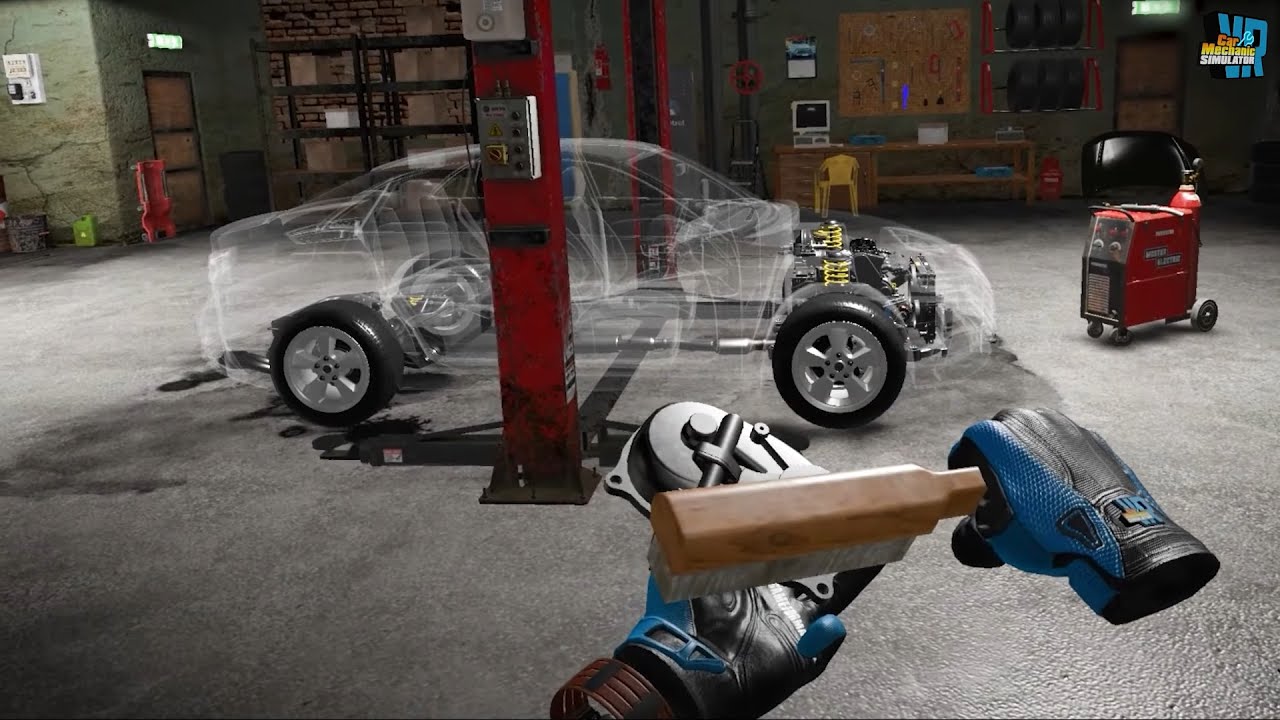
Design and Prototyping
If your company operates in product manufacturing, architecture, automotive, or other similar fields, it makes sense to use VR tools for design and prototyping. Agree that making corrections to a virtual 3D model requires less time, effort, and money than correcting a physical product.
Do you want to know how Ford utilizes virtual reality? They equip their designers and engineers with VR tools to explore different aspects of a vehicle’s design and functionality. After detailed exploration and deep analysis, they produce physical prototypes.
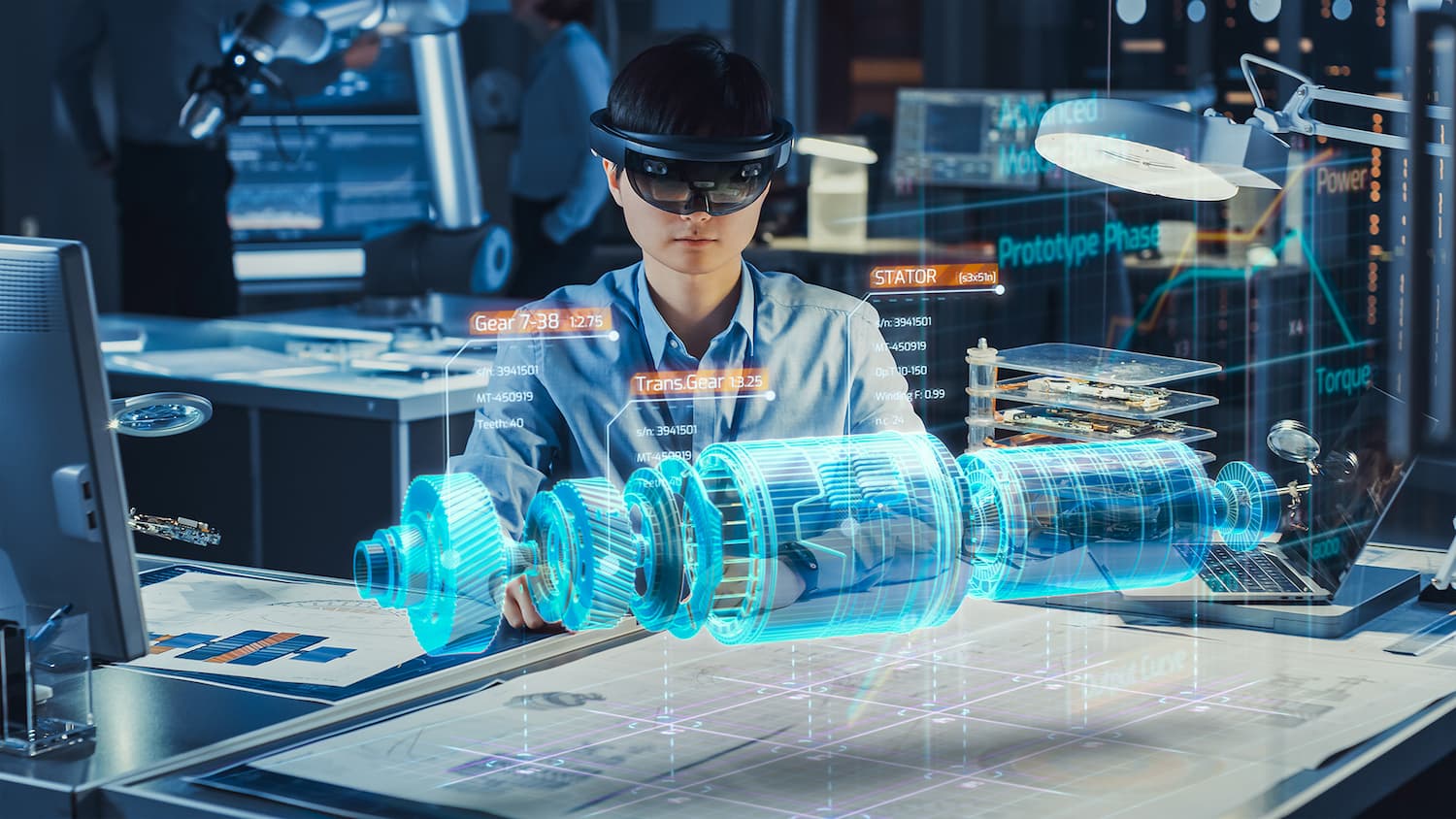
New Hire Onboarding
Have you encountered situations where you pay a recruiter to find candidates, and then these newcomers leave after a few trainings? Virtual reality technology can be very useful here. Take your onboarding process to the next level. Make every lesson more exciting and enjoyable. Show new hires that you’re keeping up with the times.
We can see a notable example of VR in new hire onboarding with Verizon. The telecommunications giant employs virtual reality technology to onboard its retail employees. Through VR, new hires can navigate various customer scenarios, product placements, and store layouts before ever setting foot in a physical location.
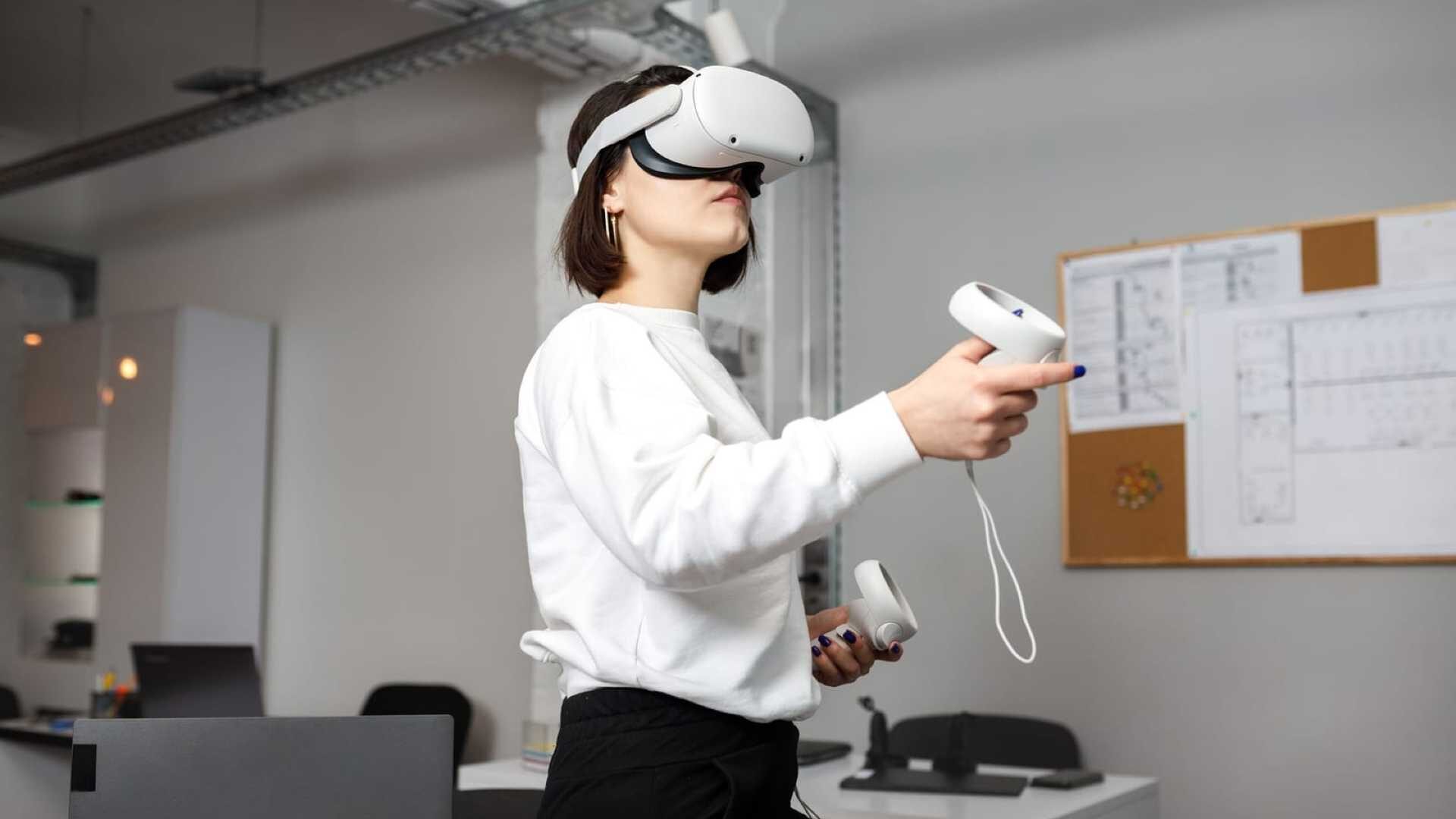
Soft Skills Training
Only the best employers invest in soft skills training for leadership and communication. It’s important to give employees the opportunity to grow with the company. VR can help people practice interpersonal skills in a variety of situations.
Companies can use virtual scenarios to improve empathy and communication skills. After such training, employees can easily handle diverse and challenging customer interactions.
Ready to implement VR training?
SmartTek provides custom virtual reality development services with a rock-solid track record of success customized to your business needs.
Contact UsHow is VR Reshaping Industrial Training? Benefits of the Immersive Learning Experience
Now you know how virtual reality can be used for industrial training. Let’s talk about the benefits of using technology for both you and your new employees. With VR in hand, you can make the learning experience more engaging and effective.
Key business benefits of VR for industrial training:
- Substantial cost savings in comparison with traditional training methods.
- Minimizing the risk of accidents and injuries during the training process.
- Enhanced training effectiveness.
- Scalability to accommodate more employees.
- Updates and customization to reflect new technologies.
Benefits for employees:
- Enjoyable and motivating learning experience.
- Risk-free environment.
- Customized learning paths.
- Realistic job preparation.
- Confidence building.
Another example of VR’s impact on industrial training is Boeing’s use of virtual reality tools. They use VR to train their assembly line workers. By simulating the assembly process in a virtual environment, they reduce the risk of costly mistakes and ensure that employees are well prepared and confident in their roles.
Summing Up
Integrating virtual reality technology into industrial training process provides a cost-effective, scalable, and flexible training solution for enterprises. For employees, it provides a risk-free, engaging, and personalized learning experience.
As we look to the future of industrial training, the question is no longer the value of VR, but rather how quickly we can implement this technology. Now is the time to invest in virtual reality.
Ready to implement VR training? Contact us and let’s talk about the details.

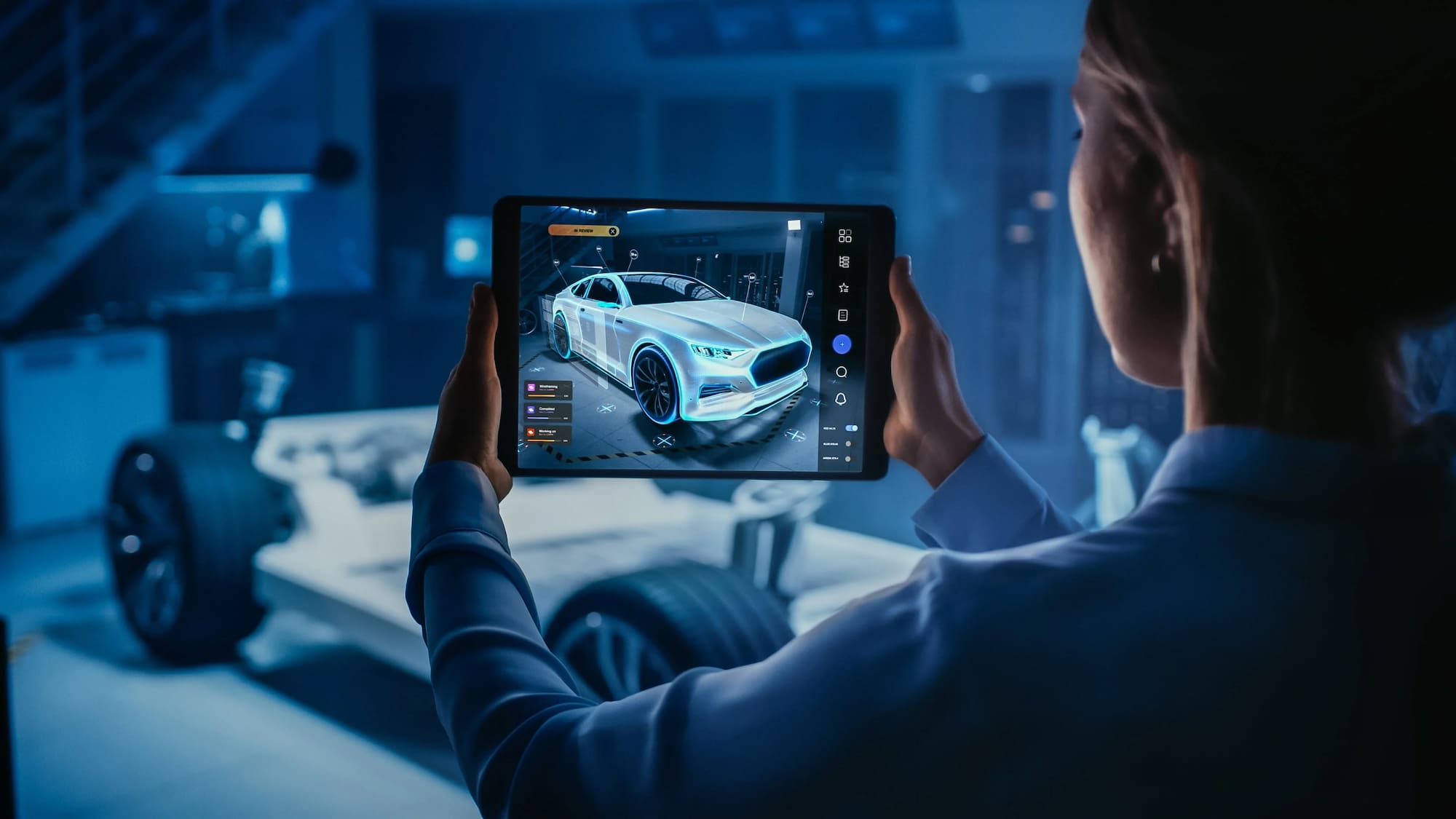



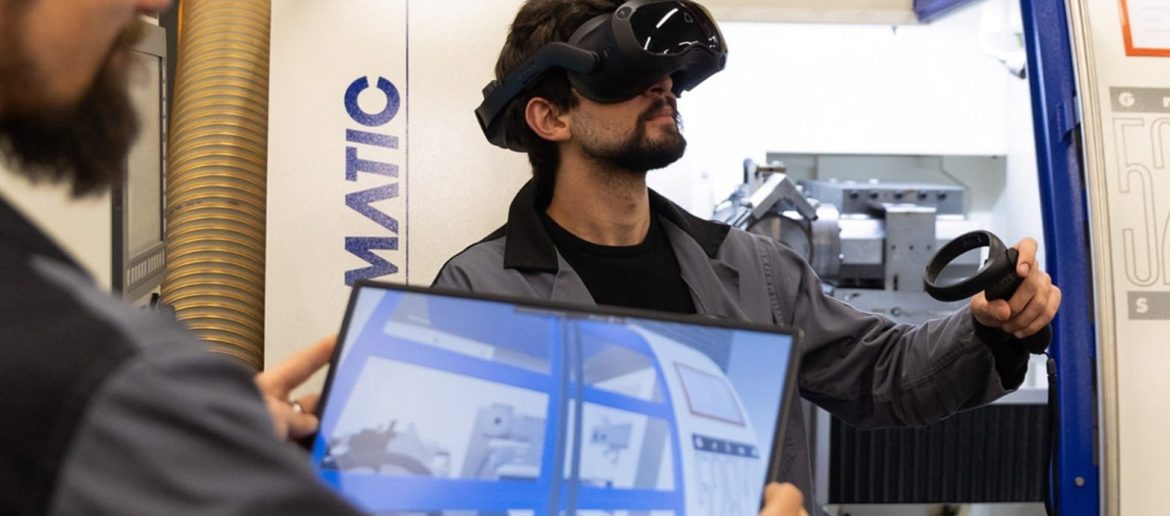
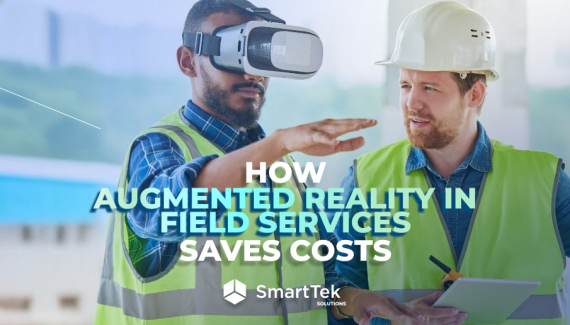 view the post
view the post
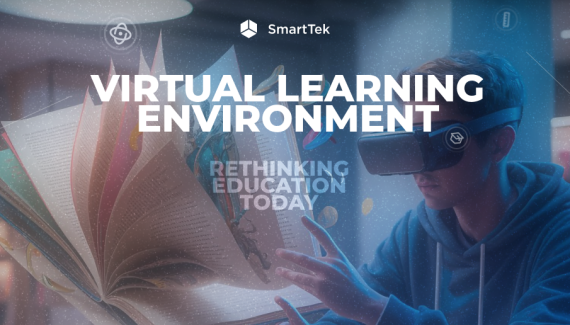 view the post
view the post
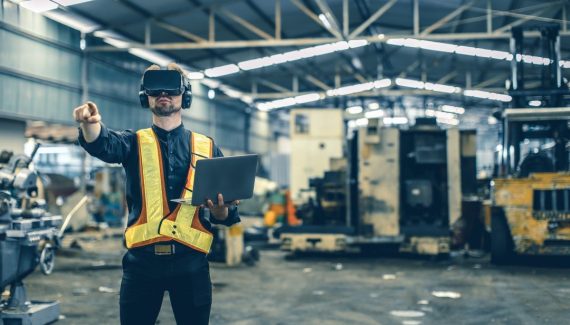 view the post
view the post

